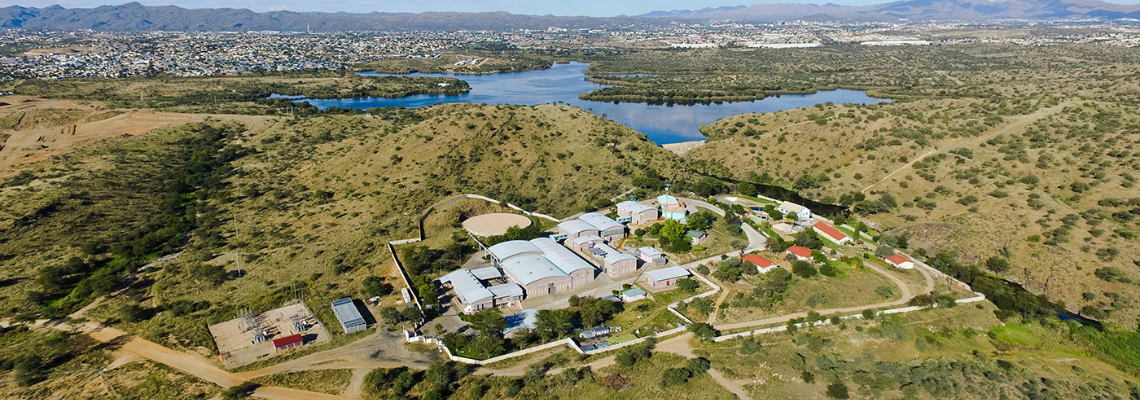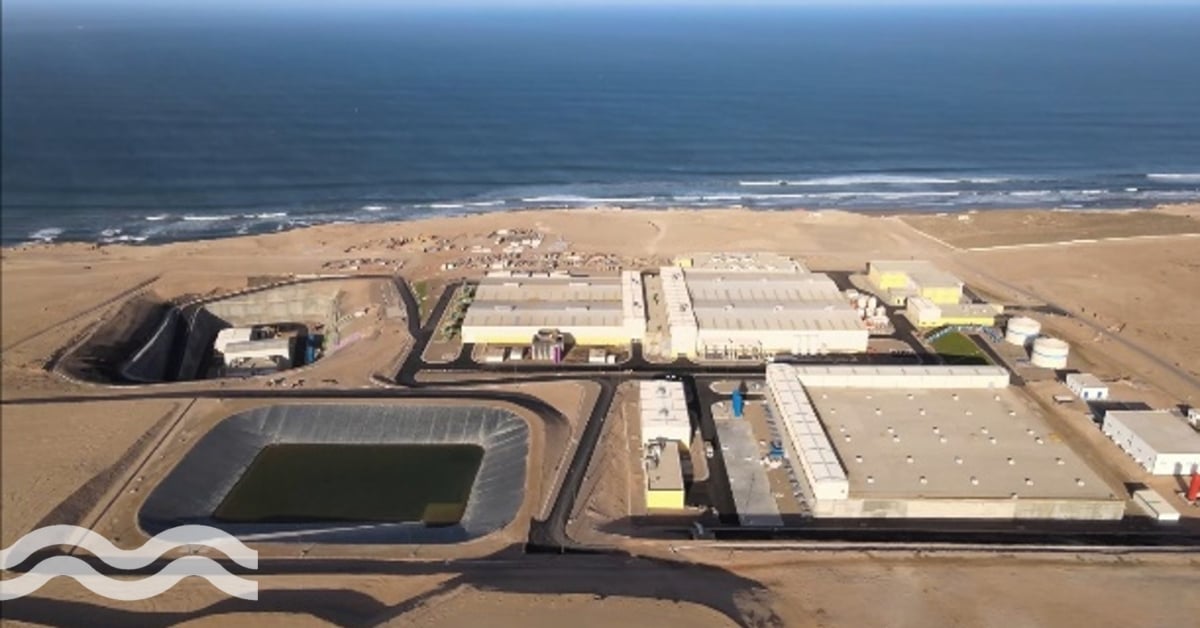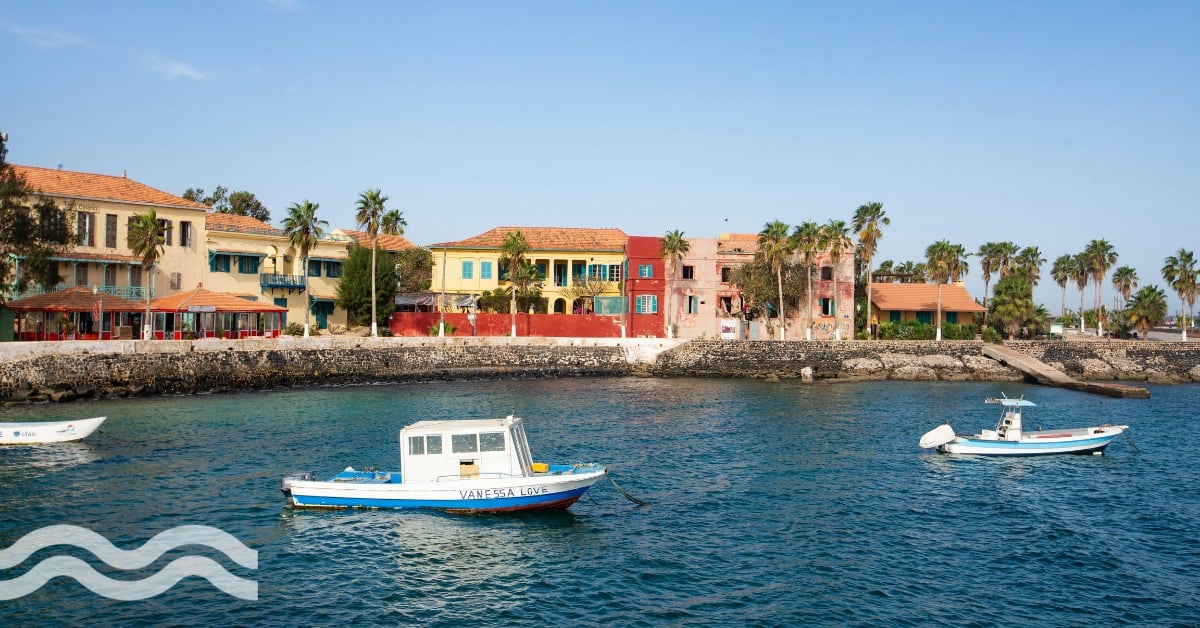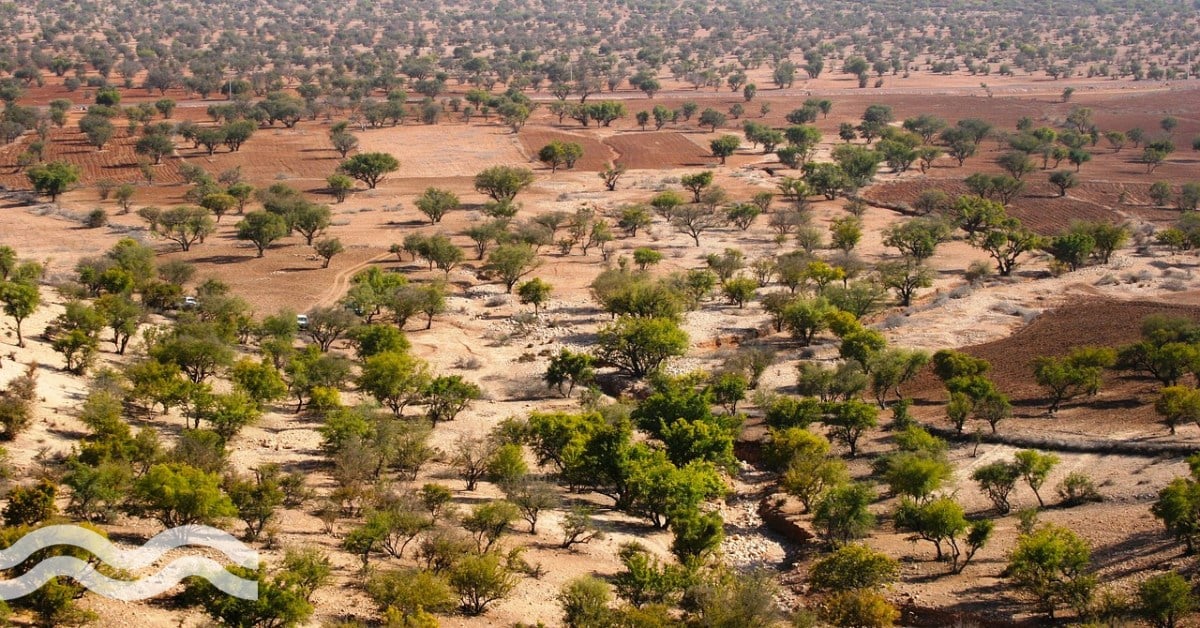Direct potable reuse: Namibia’s flagship success leads to second project

German development bank, KfW, will finance the next Direct Potable Reuse project in Windhoek, Namibia’s capital city.
A seven-year drought
While nations around the world grappling with water scarcity are still struggling to get their first direct potable reuse (DPR) projects off the ground, Namibia is now moving ahead with a second.
DPR is the process of taking treated municipal wastewater from a sewage treatment plant and treating it to a level suitable for drinking, re-depositing it directly back into the drinking water distribution system.
This compares to indirect-potable reuse, whereby the treated wastewater instead put back into the environment, or mixed water sources, before being treated again for distribution.
Namibia is one of the driest countries south of the Sahara and has been experiencing persistent drought conditions for more than seven years, according to the humanitarian network, IFRC.
German private bank KfW has agreed to finance the next DPR project in Windhoek, Namibia’s capital city.
KfW will invest more than US97 million in the country with more than US$43 million set to go directly to the water supply in central Namibia through the construction of the Direct Potable Water Reclamation Plant II (DPR 2).
The Namibia Water Corporation, NamWater, will implement the project, which will increase the supply of drinking water from the reclaimed water plants in Windhoek to 50 per cent.
Currently, the Goreangab Water Reclamation Plant (DPR 1), commissioned in the 1990s, supplies 25 per cent of the water consumed in the Namibian capital and is the world's first, large scale DPR project.
Building Namibia's water resilience
A second loan from KfW of US$54 million will be used by the Namibian government to finance its Water Sector Support Program (NWSSP), which will also be funded in part by the African Development Bank (AfDB).
It comes as Namibia aims to improve its water resilience to combat the effects of prolonged drought.
Also included in the blueprints is the construction of new water intakes, the laying of 200 km of distribution pipes with collectors and the installation of water points.
Part of the NWSSP includes extending Rundu’s water supply systems from 336.2 m3/hour to 677.9 m3/hour.
Also included is the construction of new water intakes, the laying of 200 km of distribution pipes with collectors and the installation of water points.
Moment of truth for DPR?
While Windhoek has held the title of operating one of the world’s only, large scale DPR facilities for some time, others are finally catching up.
In 2021 utility El Paso Water announced progress with a DPR project, which it is instead calling “direct to distribution”.
Meanwhile, the Colorado Water Quality Control Commission (WQCC) has recently adopted new regulations to authorize and guide water suppliers in implementing DPR.
With the WQCC’s adoption of this new DPR rule, the path is now clear for municipal water suppliers in Colorado to take advantage of this process which could lead to a reduction in the expense and burden of acquiring new water supplies.


